Rank Genus | Scientific name Thermococcus | |
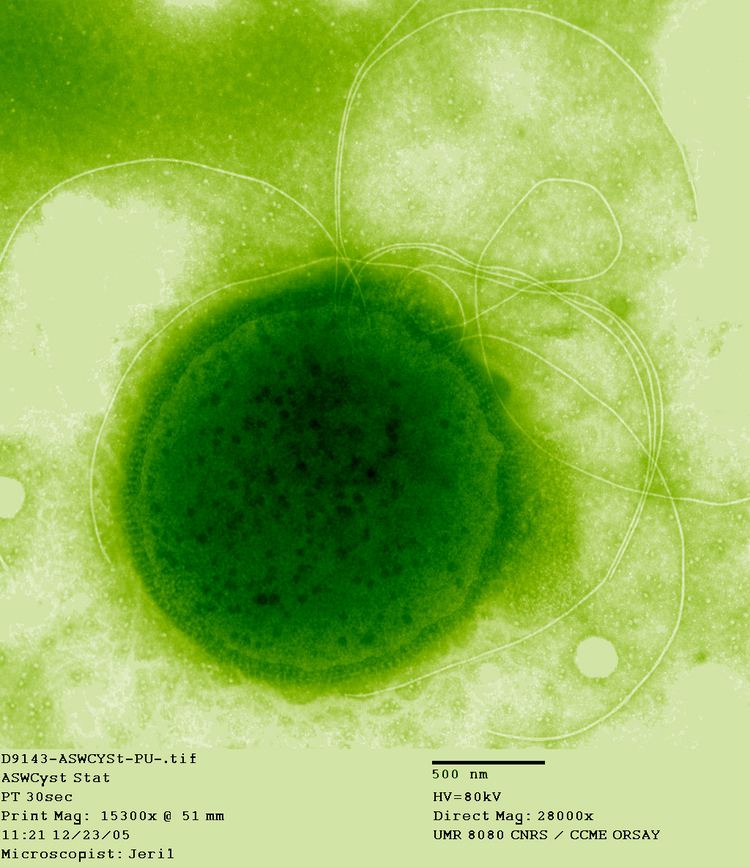 | ||
Lower classifications Thermococcus litoralis, Thermococcus gammatolerans, Thermococcus celer | ||
Thermococcus litoralis top 6 facts
In taxonomy, Thermococcus is a genus of extreme thermophiles in the family the Thermococcaceae.
Members of the genus Thermococcus are all Archaea, having thermophillic-hyperthermophillic characteristics. These microorganisms are typically irregularly shaped coccoid species, ranging in size from 0.6-2.0 μm in diameter. Some species of Thermococcus are immobile, and some species have motility, using flagella as their main source of movement. These flagella typically exist at a specific pole of the organism. This movement has been seen at room temperature or at high temperature, depending on the specific organism. In some species, these microorganisms can aggregate and form white-gray plaques, while all of these organisms dwell in temperatures from 70-<100oC, either in the presence of black smokers (hydrothermal vents), or freshwater springs, amongst salt (NaCl) concentrations of 1%-3%. Species in this genus are strictly anaerobes, and most are barophiles as well as thermophiles, living in depths between 200-<1000 ft. These organisms thrive at pH levels of 5.6-7.9. Members of this genus have been found in many hydrothermal vent systems in the world, including from the seas of Japan, to off the coasts of California. Surprisingly salt (NaCl) is not a required substrate for these organisms, as one study showed Thermococcus members living in fresh hot water systems in New Zealand, however they do require a low concentration of lithium ion for growth. Thermococcus members are described as heterotrophic, chemotrophic and organotrophic sulfanogens; utilizing elemental sulfur (So) and carbon sources including amino acids, carbohydrates, and organic acids such as pyruvate.
Contents
- Thermococcus litoralis top 6 facts
- Thermococcus litoralis top 5 facts
- Metabolism
- Ecology
- Transportation Mechanisms
- Future Technology
- References
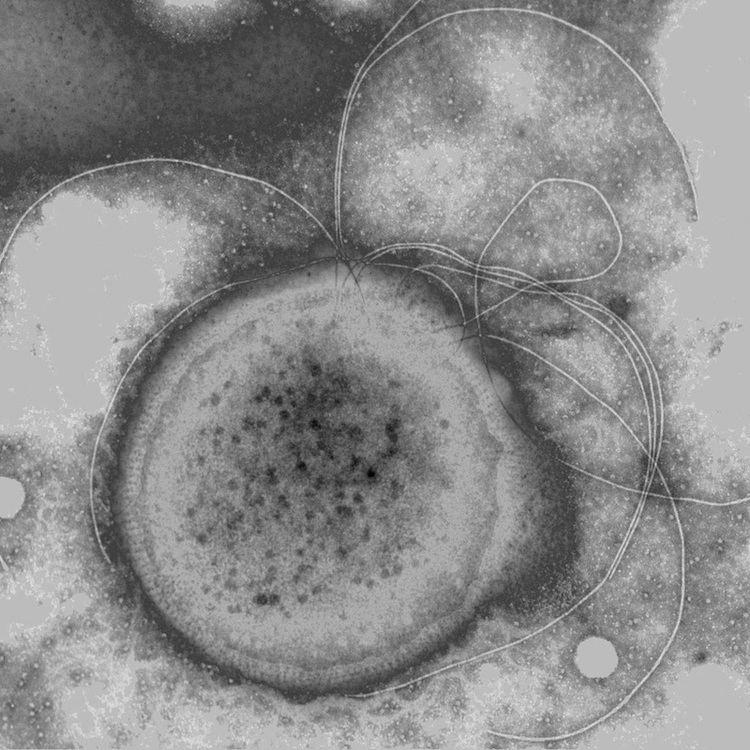
Thermococcus litoralis top 5 facts
Metabolism
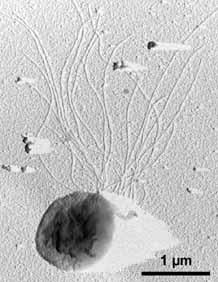
Metabolically, Thermococcus have developed a different form of glycolysis than eukaryotes and prokaryotes. One example of a metabolic pathway for these organisms is the metabolism of peptides, which occurs in three steps: first, there is hydrolysis of the peptides to amino acids catalyzed by peptidases, then there is conversion of the amino acids to keto acids catalyzed by aminotransferases, and finally CO2 is released from the oxidative decarboxylation or the keto acids by four different enzymes, which produces coenzyme A derivatives that are used in other important metabolic pathways. Thermococcus species also have the enzyme Rubisco (ribulose-1,5-bisphosphate carboxylase/oxygenase), which is made from enzymes involved in the metabolism of nucleic acids in Thermococcus kodakarensis, showing how integrated these metabolic systems truly are for these hyperthermophilic microorganisms. Some nutrients are limiting when it comes to Thermococcus cell growth. Nutrients that affect cell growth the most in thermococci species are carbon and nitrogen sources. Since thermococci species do not metabolically generate all necessary amino acids, some have to be provided by the environment in which these organisms thrive. Some of these needed amino acids are leucine, isoleucine, and valine (the branched chain amino acids). When Thermococcus species are supplemented with these amino acids, they can metabolize them and produce acetyl-CoA or succinyl-CoA, which are important precursors used in other metabolic pathways essential for cellular growth and respiration. With today's technology, Thermococcus members are relatively easy to grow in labs, and are therefore considered model organisms for studying the physiological and molecular pathways of extremophiles. Thermococcus kodakarensis is one example of a model Thermococcus species, a microorganism in which has had its entire genome examined and replicated.
Ecology
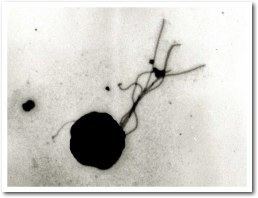
Thermococci species can grow at anywhere between 60-80oC (1-20), which gives thermococci species a great ecological advantage to be the first organisms to colonize new hydrothermal environments. Some thermococci species produce CO2, H2, and H2S as products of metabolism and respiration. The release of these molecules are then used by other autotrophic species, aiding to the diversity of hydrothermal microbial communities. This type of continuous enrichment culture plays a crucial role in the ecology of deep sea hydrothermal vents, suggesting that thermococci interact with other organisms via metabolite exchange which supports the growth of autotrophs. Thermococcus species that release H2 with the use of multiple hydrogenases (including CO-dependent hydrogenases) have been regarded as potential biocatalysts for water-gas shift reactions.
Transportation Mechanisms
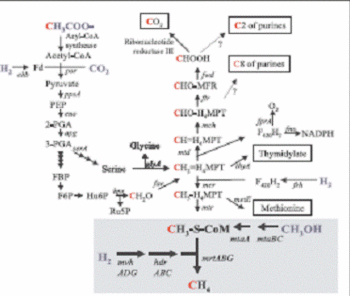
Thermococcus members are naturally competent in taking up DNA and incorporating donor DNA into their genomes via homologous recombination. These species can produce membrane vesicles (MVs), formed by budding from the outermost cellular membranes, which can capture and obtain plasmids from neighboring archaea species in order to transfer the DNA into either themselves or surrounding species. These MVs are secreted from the cells in clusters, forming nanospheres or nanotubes, keeping the internal membranes continuous.
A study has shown that Thermococcus species produce numerous MVs, transferring DNA, metabolites, and even toxins in some species; moreover, these MVs protect their contents against thermodegradation by transferring these macromolecules in a protected environment. MVs also prevent infections by capturing viral particles. Along with transporting macromolecules, Thermococcus members use MVs to communicate to each other. Furthermore, these MVs are used by a specific species (Thermococcus coalescens) to indicate when aggregation should occur, so that these typically single-celled miroorganisms can fuse into one massive single cell.
It has been reported that Thermococcus kodakarensis has four virus-like integrated gene elements containing subtilisin-like serine protease precursors. To date, only two viruses have been isolated from Thermococcus members, PAVE1 and TPV1. These viruses exist in their hosts in a carrier state.
The process of DNA replication and elongation has been extensively studied in Thermococcus kodakarensis. The DNA molecule is a circular structure consisting of approximately 2 million base pairs in length, and has more than 2,000 sequences that code for proteins.
Future Technology
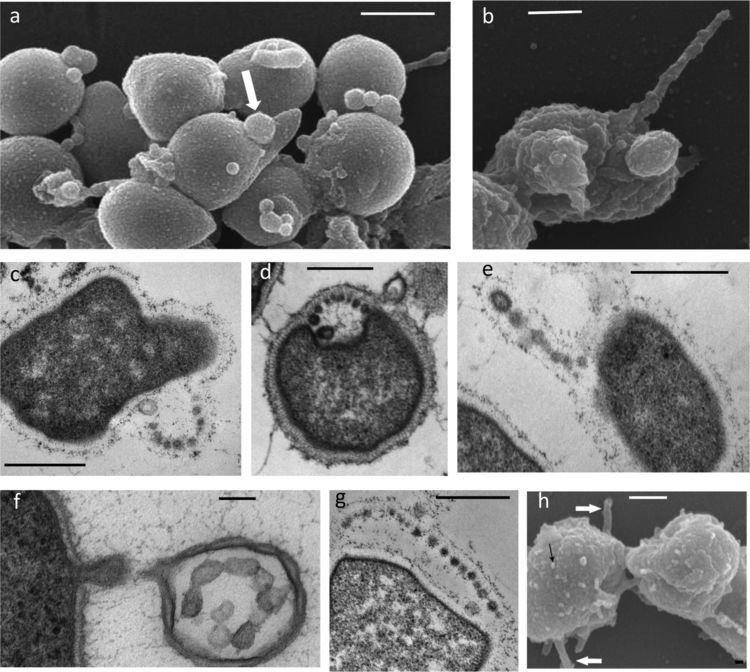
An enzyme from Thermococcus, Tpa-S DNA polymerase, has been found to be more efficient in long and rapid PCR than Taq-polymerase. Tk-SP, another enzyme from T. kodakarensis, can degrade abnormal prion proteins (PrPSc); prions are misfolded proteins that can cause fatal diseases in all organisms. Tk-SP shows broad substrate specificity, and degraded prions exponentially in the lab setting. This enzyme does not require calcium or any other substrate to fold, and therefore is showing great potential in studies thus far. Additional studies have been coordinated on the PSP (phosphoserine phosphatase) enzyme of Thermococcus onnurineus, which provided an essential component in the regulation of PSP activity. This information is useful for drug companies, because abnormal PSP activity leads to a major decrease in serine levels of the nervous system, causing neurological diseases and complications.
One study has shown that members of the family Thermococcus can increase gold mining efficiency up to 85-95% due to their specific abilities in bioleaching.
